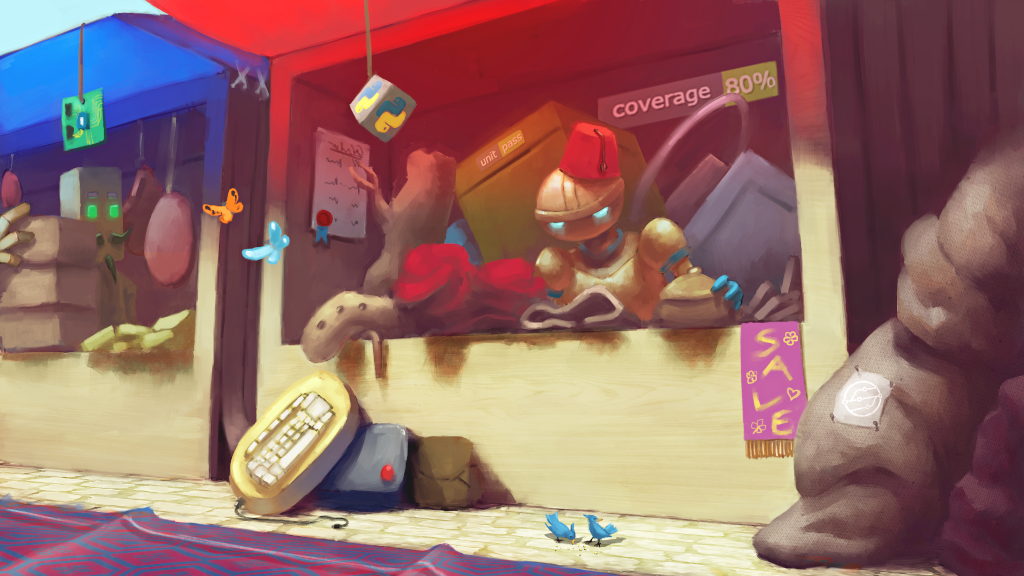Uniquely Managing Test Execution Resources using WebSockets
Executing tests for simple applications is complicated. You have to think about the users, how they interact with it, how those interactions propagate through different components, as well as how to handle error situations gracefully. But things get even more complicated when you start looking at more extensive systems, like those with multiple external dependencies.
Dependencies come in various forms, including third-party modules, cloud services, compute resources, networks, and others.
This level of complexity is standard in almost all projects involving a large organization, whether delivering internal tools or external products.
It means you must put emphasis on developing test systems and mechanisms good enough to validate not just code, but those third-party dependencies as well. After all, they’re part of the final product and failing to interact with them, means the product fails.
Continue reading





